What is a Hypertrophic Scar?
Hypertrophic scars are swollen, puffy, and red scars that can be painful or itchy. They are similar to keloids in appearance but hypertrophic scars behave a bit differently.
Keloid scars, or keloids, are scars that are growing large and protruding from the boundaries of the original wound. They are hard to treat since they tend to recur. Keloids are also hard to prevent. The upper chest, shoulders, and upper back are especially prone to keloid formation.
The hypertrophic scar doesn’t grow or spread but continues to thicken for up to 6 months. After a year or two, the scar may shrink and become less visible but may cause restricting movement if they are located near joints or other inconvenient areas.
They may also cause distress due to appearance and itching. Hypertrophic scars are usually firm to the touch and may be sensitive to temperature changes.
There is no particular reason why hypertrophic scars occur. This usually happens due to various circumstances. Generally, collagen places a vital role in hypertrophic scar formation. In case of an imbalance between the anabolic and catabolic phases of the healing process, more collagen is produced and the scar grows in all directions.
Hypertrophic scars are more common in young and pigmented people. Also, hypertrophic scars may develop in people that have an inherited tendency to this type of scaring.
These scars can be itchy and painful due to a lack of oil glands and elastic tissue. When hypertrophic scars develop on wide areas of the skin, because of some massive wound or burns, they can be particularly painful and cause movement difficulties.
Treatment for Hypertrophic Scars
Hypertrophic scars are usually handled with conservative treatment. Steroid injections can be administered to reduce the size of the scar. Natural remedies may also help in shrinking the scar. This includes tea tree oil, salt soaks and vitamin E oil applied topically.
If none of this helps, surgery can be used to shrink or remove the scar. Laser is one of the preferred options but there are other methods as well. Other treatment methods involve cryosurgery (freezing), excision, laser, and x-rays.
- These scars lead to symptoms like pain, itchiness, or in severe cases restricted mobility due to loss of elasticity and contracture, besides psychological and cosmetic disturbance. Mechanisms causing hypertrophic scar development are still under debate. Most studies implicate that severe inflammation of the wound affects hypertrophic scar formation.
- Inflammation is crucial for wound healing and is needed for an adequate defense against pathogens as well as for clearing the wound area of debris. In general, wound healing is highly dynamic and self?limiting. Dysregulated wound healing, characterized by prolonged or increased inflammation is correlated with an overproduction of immature collagen III, in contrast, to mature collagen I, resulting in increased tissue fibrosis.
- The initial literature search yielded a total of 2672 studies with 1572 results in PubMed and 1100 results in Web of Science. After duplicate exclusion (1034 duplicates), the remaining 1638 studies were categorized according to the prior mentioned exclusion reasons (0 = non?English, 1 = wrong topic, 2 = in vitro/ex vivo study, 3 = animal study, 4 = keloid study, 5 = review article, 6 = prevention of hypertrophic scars). The hereby excluded studies number 94 (0), 457 (1), 258 (2), 159 (3), 106 (4), 286 (5), and 115 (6), respectively. The 163 articles meeting the inclusion criteria were then ranked according to their level of evidence: 25, 46, 41, 42, 9 studies for level of evidence V, IV, III, II, I, respectively.
- According to this review, it can be summarized, that even in 2019 there are still few studies, fulfilling the criteria of being rated as level of evidence 1. The last 10?years produced only nine studies in that category. Further research is not only needed in the clinical field, but also in basic science, investigating the mechanisms behind the treatment regimens, thus explaining the exact interference in the TGF?? pathway, the induction of apoptosis in pathologic skin cells and collagen deposition. Profound insights herein could identify new targets, and new and better treatment regimens. Interdisciplinary approaches are necessary to bridge the gap between basic science and relevant clinical therapy.
Prevention of Hypertrophic Scars
Forming of hypertrophic scars after an injury can be prevented or reduced by using pressure dressing, silicone gel pad, or paper tape on the injuries.
People with hypertrophic scars must carefully apply the pressure since they may inadvertently cause damage. Pressure pads are recommended if the scar is surgically removed in order to prevent a recurrence.


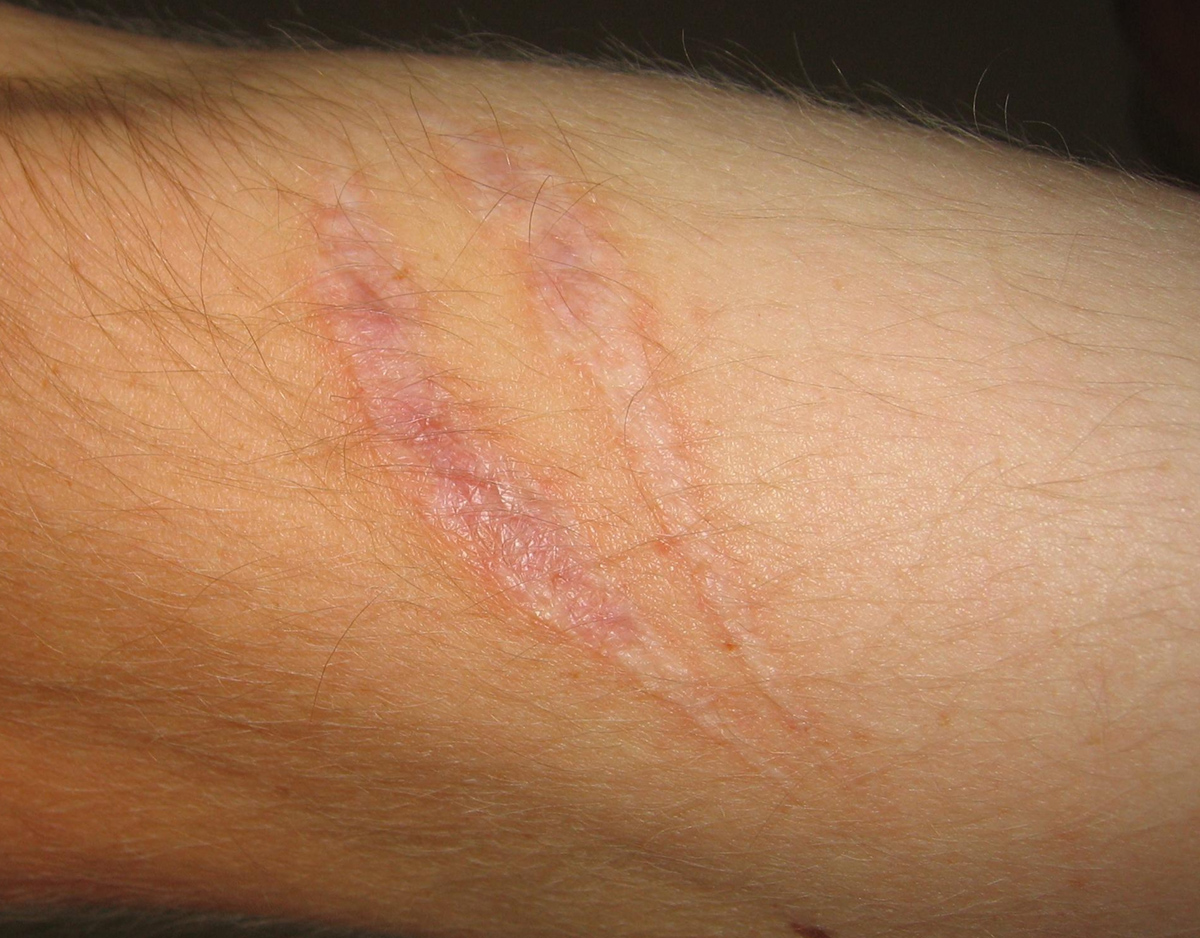
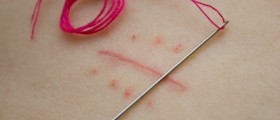




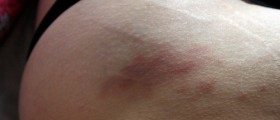

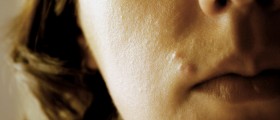
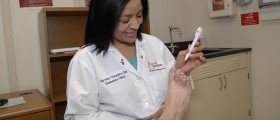






Your thoughts on this
Loading...